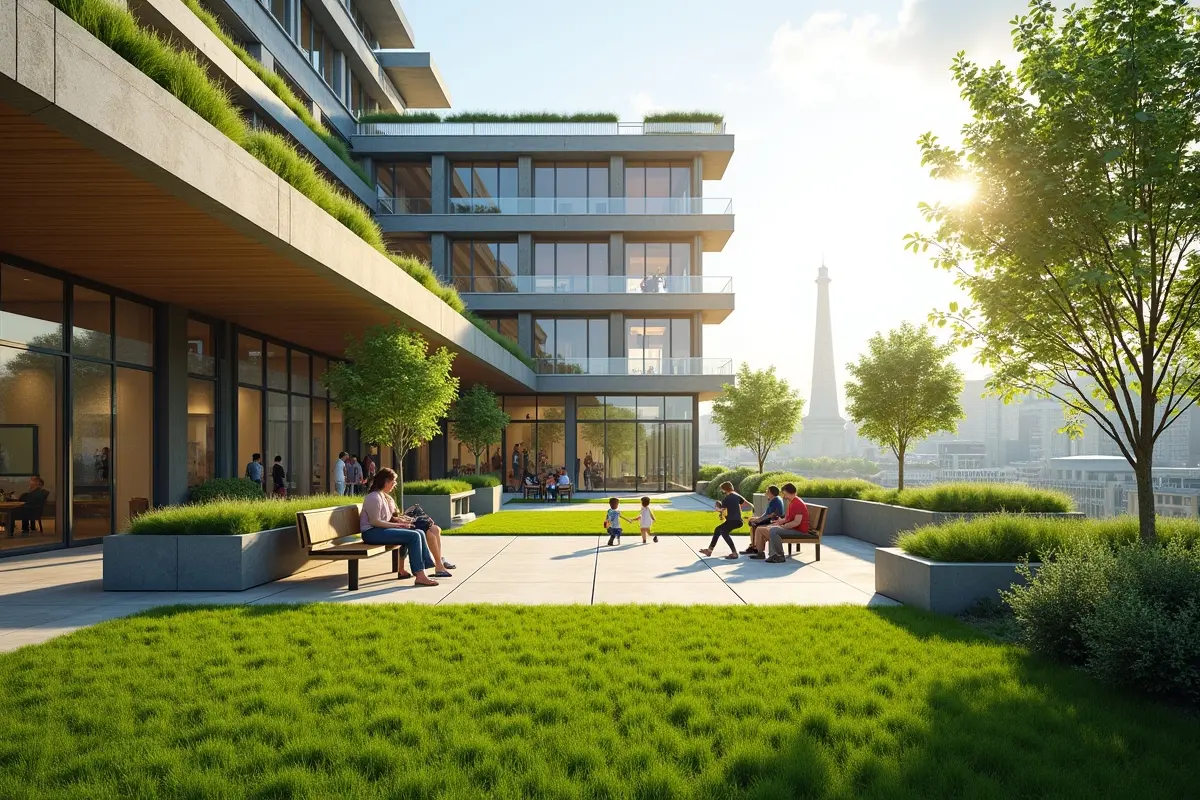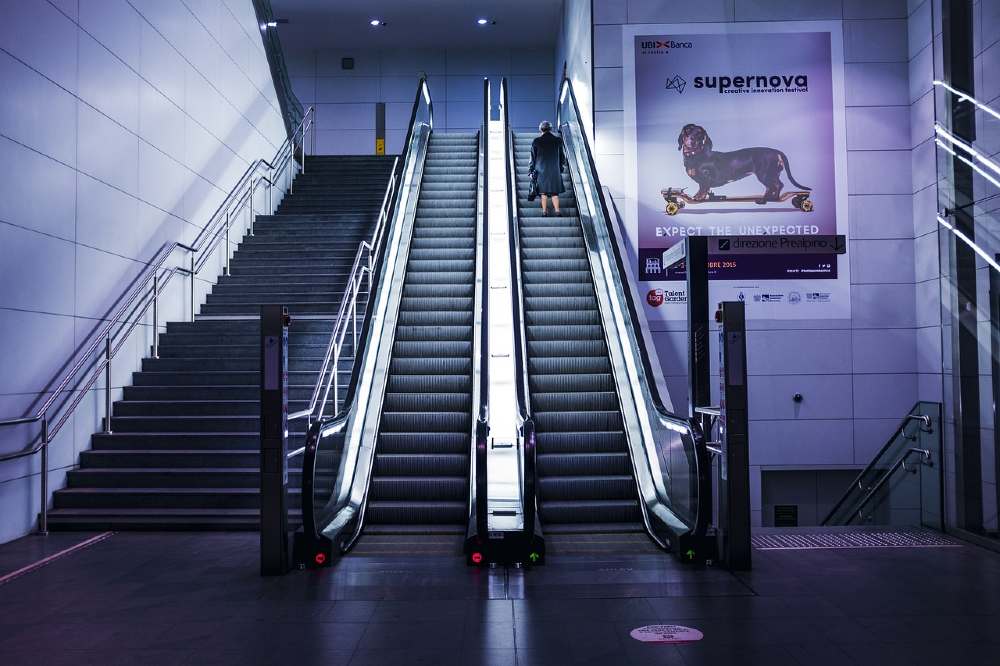Green roofs redefine urban architecture, transforming once underutilized rooftops into vibrant ecosystems. By embracing these innovative designs, property owners and city planners can unlock immense environmental, economic, and social value.
To get the most out of your project, seek guidance from reputable eco roofing services specializing in modern, sustainable solutions. Green roofs elevate your building’s image and contribute to a healthier urban landscape by improving air quality, reducing heat, and supporting biodiversity.
Integrating a creative green roof can also enhance the overall well-being of building occupants. From private residences to commercial spaces, these living roofs offer unique opportunities for relaxation, urban farming, and community engagement, whether aiming to boost your building’s energy efficiency or create a visually compelling outdoor retreat, a thoughtfully designed green roof makes a statement and delivers lasting benefits.
Incorporate Vertical Gardens
Maximize your rooftop space by weaving in vertical garden elements. Vertical gardens allow cultivating diverse plant species without adding extra weight or taking up valuable square footage. These green walls can be strategically placed to provide shade, privacy, and noise reduction while boosting air quality.
Creative vertical installations also give modern rooftops a distinctive and dynamic look. Explore examples of vertical farming and garden projects in urban areas covered in this article for added inspiration.
Design a Zen-Inspired Retreat
Turn your rooftop into a serene hideaway by drawing on Japanese Zen garden philosophy. The key is simplicity—incorporate smooth pebbles, carefully positioned boulders, raked gravel, and minimalist water features to evoke a sense of peace.
Native grasses and low-profile shrubs soften the space, while a small fountain or koi pond adds the soothing sound of water. This tranquil oasis not only becomes a personal escape but also sets your building apart in the urban jungle, reflecting mindfulness and balance.
Implement Smart Irrigation Systems
Efficient watering is fundamental to green roof health. Smart irrigation systems with soil moisture sensors and weather-based controls monitor real-time conditions, automatically adjusting watering schedules to minimize waste.
This technology not only conserves precious water supplies but also ensures each plant receives precisely what it needs to flourish. The result is a healthier, more resilient green roof that thrives regardless of changing weather patterns or seasonal shifts.
Choose Lightweight, Durable Materials
Every green roof must balance visual appeal with engineering practicality. Select lightweight, high-performance substrates and waterproof membranes specifically designed for rooftop use. These materials reduce the overall structural load and provide robust protection against leaks and root intrusion.
Modern options include recycled composites, expanded clay aggregates, and specialized drainage mats—each contributing to the system’s lifespan and performance. Property managers should consult a structural engineer before installation to guarantee safety and compliance.
For further reading on material selection and load-bearing guidelines, refer to this comprehensive guide from Apple Roofing.
Create a Biodiverse Habitat
Green roofs can significantly support local wildlife. By planting a range of native wildflowers, grasses, and shrubs, you encourage pollinators such as bees, butterflies, and small birds. These biodiverse habitats foster a balanced ecosystem, increase ecological resilience, and help reintroduce nature into dense city centers. Thoughtful plant selection supports year-round interest and provides vital resources for urban fauna, reinforcing your building’s environmental value.
Develop Multi-Functional Spaces
Modern rooftops are more than just gardens—they are extensions of living and workspaces. Incorporate inviting seating areas, walking paths, and even community plots for urban farming. Multi-functional green roofs offer opportunities for social gatherings, yoga classes, or outdoor coworking sessions, making them invaluable assets for residents and tenants. Functional design elements such as raised planters, pergolas, and shaded benches enhance usability and broaden your building’s appeal.
Integrate Renewable Energy Sources
Combine green roofing with renewable energy systems like solar panels or wind turbines to maximize sustainability. This dual-use approach increases efficiency—solar installations work more effectively when surrounded by cooler, vegetated environments. Integrating energy sources also reduces operational costs and demonstrates a commitment to cutting-edge environmental stewardship.
Plan for Maintenance and Accessibility
No green roof is truly sustainable without regular care. Design for easy access with secure walkways and guardrails, ensuring maintenance crews can reach all areas safely. Establish a routine care schedule that includes watering, weeding, pruning, and inspecting the waterproof membrane. Proactive maintenance preserves plant health, protects the building envelope, and extends the roof’s useful life, safeguarding your investment for years to come.
Creative green roof solutions can transform city skylines and enrich communities. By embracing innovative design, high-quality materials, and sustainable practices, you can create rooftop spaces that are as functional as they are beautiful—contributing to a greener, more resilient urban future.




